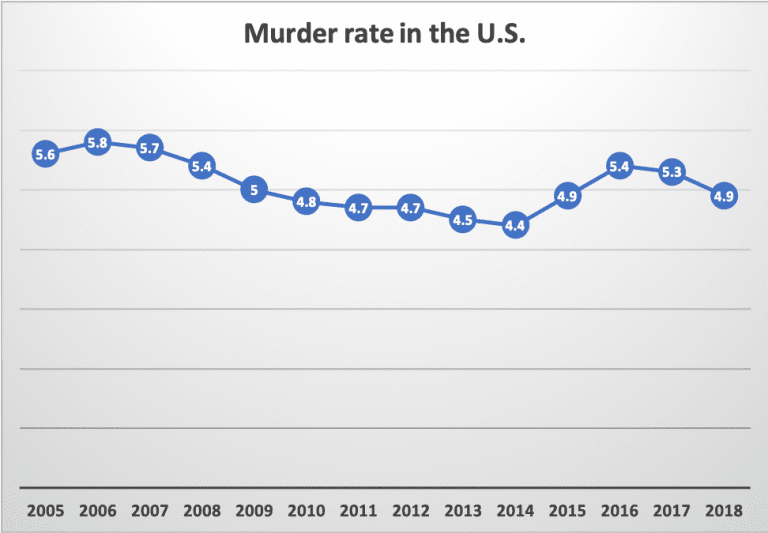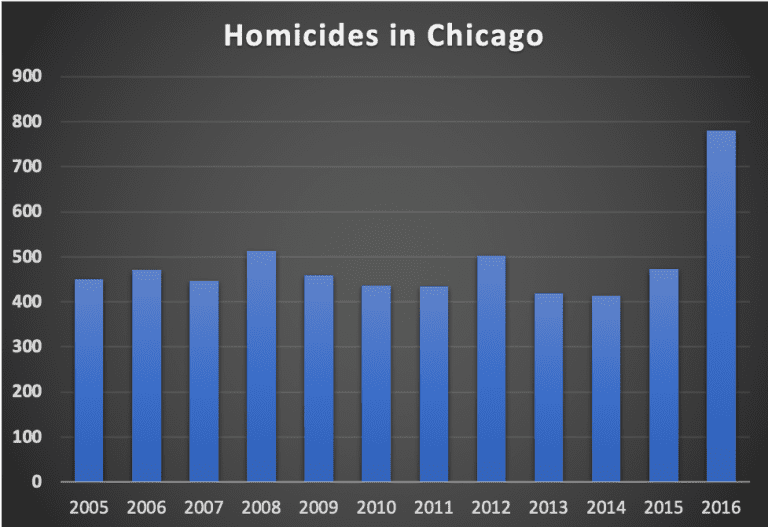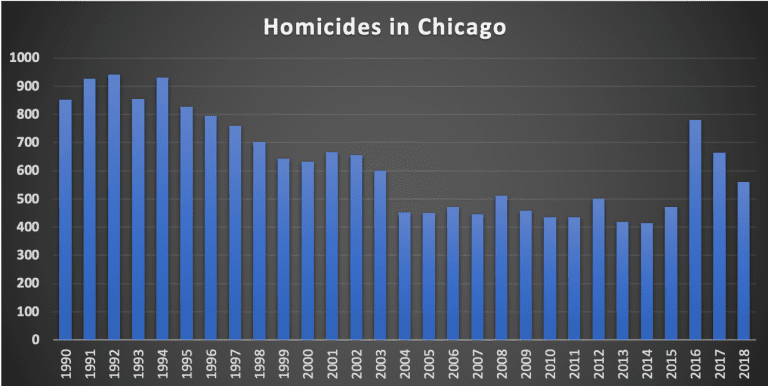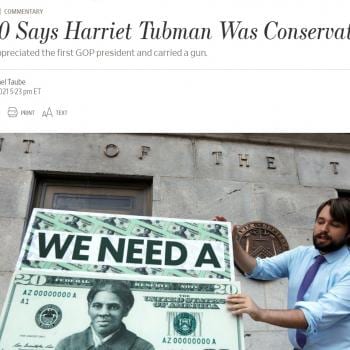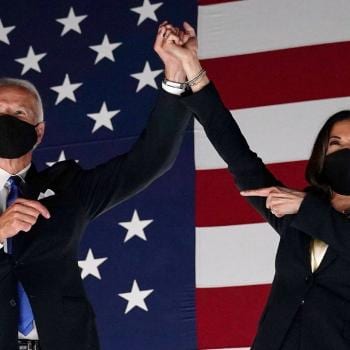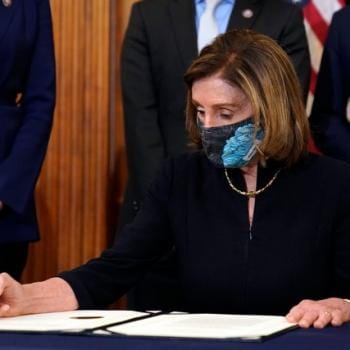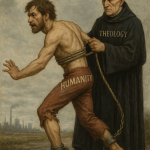I want to take you back to 2016. That was the year Donald Trump claimed America’s cities had become war zones and peppered his speeches with references to heinous murders. That was the year conservatives spoke of the “Ferguson effect” and wondered whether, in the era of body cameras and cell phone videos, police had become afraid to, well, police. It was the year Republican candidates talked about crime, violence, and homicide; the year “Chicago” seemed to be on every Trump supporter’s lips.
About that. As Vox reports:
The 2015 and 2016 increases in the murder rate got a lot of attention, with President Donald Trump and then-Attorney General Jeff Sessions often bringing them up in speeches to justify “tough on crime” policies. But before they were able to implement such policies and let them take root (especially in local and state jurisdictions, where federal policymakers have very limited power), the rates already seem to be dropping.
Before we proceed any further, I want to remind readers that the murder rate Trump claimed was “the highest in 47 years” was actually still very low by historic standards.

Once all was said and done, the FBI set the murder rate for 2016 at 5.4. The overall murder rate in 2017 was not much lower—5.3. While official FBI statistics for 2018 will not be released until September, the murder rate for the first half of the year down 6.7% relative to the first half of 2017. If that number holds true for all of 2018, the change in murder rate over the past decade plus will look like this:
That looks a bit like ordinary noise in data, which some criminologists have speculated it may indeed be. In other words, what Trump spoke of as a national trend—in apocalyptic terms—may be little more than random fluctuation in the aggregate.
What about Chicago? Trump pointed to Chicago repeatedly during the 2016 campaign because that year saw a particularly large spike in murders in that city.
At the time, Chicago police and others familiar with the situation blamed the increase in murders on the fracturing of a number of criminal gangs—there were turf wars, in other words. But Trump wasn’t interested in hearing actual reasons for local changes in crime.
He preferred to claim that the country as a whole was in the grips of a wave of violent crime. He didn’t care what was actually going on in Chicago. He sought to gain votes through fear.
What is going on in Chicago?
The number of murders in 2017 and 2018 has dropped by 100 a year from the city’s 2016 high. To be sure, the murder rate is still higher than it was from 2004 through 2015. The murder rate in Chicago is also higher than that in New York City or Los Angeles. But it is, at least, falling—and not because the federal government took control of local law enforcement and shook things up. It didn’t.
Why is any of this important? It’s important because Trump is almost certainly going to use crime as a talking point in his reelection campaign next year, facts be damned. This was never about facts, or about solutions. It was about making people scared. People who are scared vote.
I was prompted to write this post because something took my mind back to the rhetoric of 2016, and then I realized that I hadn’t heard Trump (or anyone else, for that matter) talk about crime rates in a very long time. Trump has switched from talking about the murder rate in U.S. cities to stoking fear about criminal alien drug smugglers and human traffickers on the southern border.
Trump is now insisting that he has to build a war across its southern border to stop human traffickers. Interestingly, the trafficked women recently rescued in Florida were not brought across the southern border. Instead, they came on temporary work visas for what they believed were legitimate jobs. It’s almost like if we want to fight crime, we need to look at how and why it actually occurs.
Fact-based evidence-centered approaches to solving crime and trafficking aren’t sexy. They don’t make the best campaign slogans. They don’t keep people scared. Trump never really cared about crime rates in U.S. cities. He cared about fear mongering. So when he found other issues to fear monger on—MS-13, and immigrant caravans—he dropped the “Ferguson effect” and crime in cities like a hot potato.
I have a Patreon! Please support my writing!

